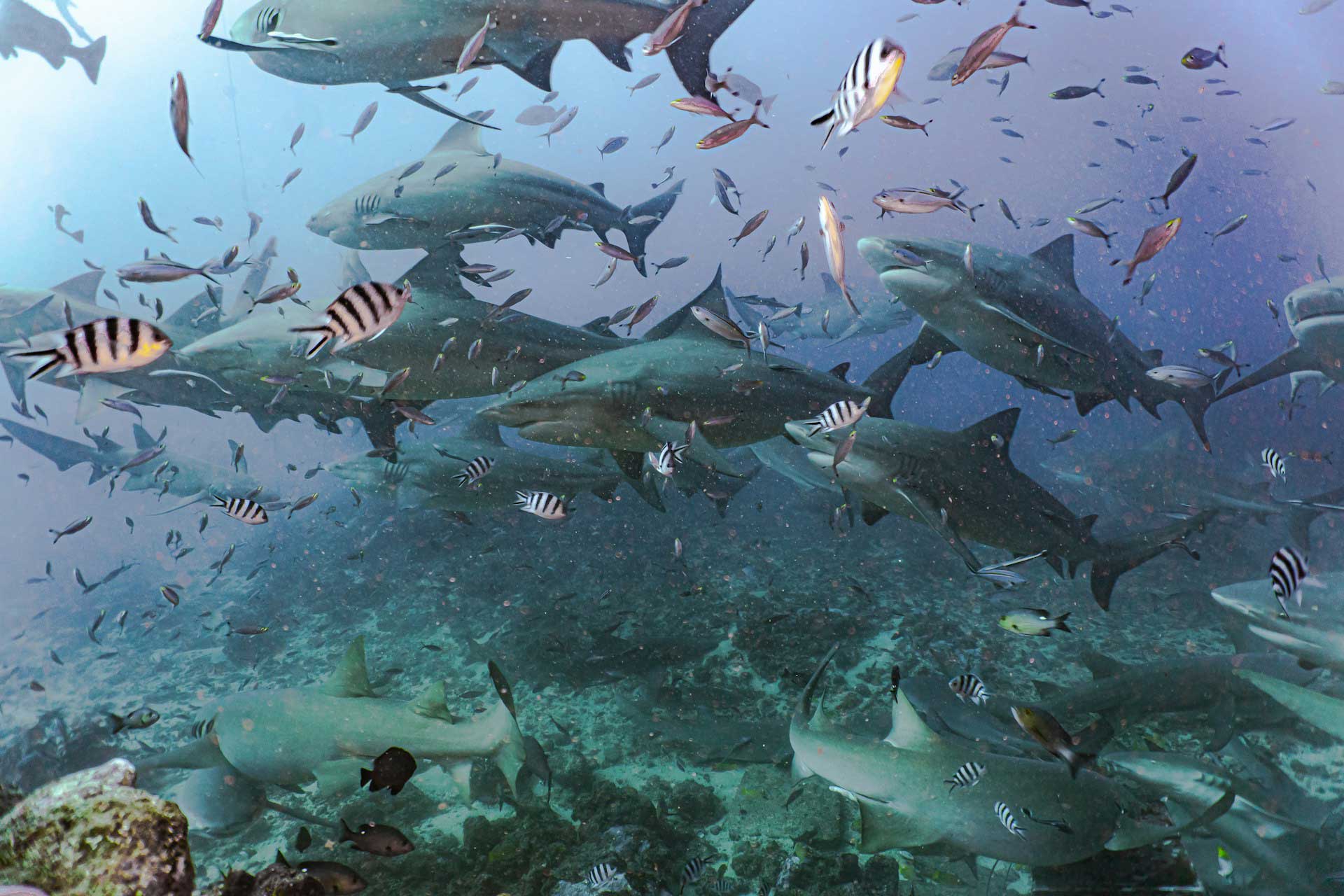“When do sharks feed?” and “What time of day are sharks most likely to attack?” are two excellent questions to ask before you enter the water. The reality is, different species of sharks have different feeding times, which are often determined by their habitat, behavior, and the availability of prey.
Tiger sharks, for example, will eat a wide variety of prey, and while they are primarily nocturnal feeders (hunting at night), they are opportunistic predators and can be most active during dusk and dawn periods, oftentimes trying to catch their prey by surprise. Tiger sharks tend to hunt alone near the shoreline or in shallow waters where they can easily find their prey. During the day, Tiger sharks are known to rest in deeper waters to conserve energy.
Great White sharks are diurnal feeders, which means they are most active and feed during the day. They hunt both in deeper waters and near the surface, using their keen sense of smell to detect their prey from a distance. Great White sharks then rely on their eyesight, electrical sense, sheared teeth, and powerful jaws to attack and kill their prey. Recent research has shown Great Whites will even hunt and feed very near shore in areas such as Cape Cod where seal prey is more readily available and open to ambush attacks.
Bull sharks are opportunistic feeders active both day and night. They often hunt for prey in shallow waters and estuaries, and they have even been known to swim up rivers to find food, making them one of the few species of sharks that can survive in freshwater environments. Ask the Aussies in Brisbane, who can attest to the fact that bull sharks have traversed inland from the oceans and now roam the rivers that snake through the city.
By understanding the types of sharks present in your geographical location, you can predict when they are most likely to feed and plan your trips into the water accordingly. Always your local areas.






